Longtime LiA supporter Casey W. asked me to write a little bit about the convenience store and its place in Japanese life (and anime). As usual with these projects it’s actually a pretty big topic. Konbini (sometimes romanized as “conbini”) are another of those American institutions that take on a remarkably different form in this country (much like the word itself does). I grew up in the U.S. with 7-Elevens and Ampm et al. And local chains in Chicago like Little Red Hen (which I think is gone now). That was my idea of what a convenience store was. But once I started coming to Japan – visiting was enough, I didn’t even have to live here – I realized konbini were something very different.
Different how? In short, they’re just much better. There’s a pretty wide variety of prepared food. Not much of it is healthy and it’s rarely great, but it’s tasty and can be a Godsend if you’re desperate. During the 12/30-1/3 (roughly) period when the country mostly shuts down, including supermarkets and restaurants, konbini are the only game in a lot of towns for shopping. Every major chain has its own line of baked goods, some of which are pretty solid (7-Eleven recently had something called “Florentine Almond Cake” that was otherworldly).
Konbini in Japan are also places where you can pay your bills, which come with a UPC code. You can buy tickets for sports, movies, or events. You can print and copy. One can mail letters and send packages, or arrange for pickup of deliveries to you. You can find a (predictably pristine) restroom. If you find one with seating, they’re a comfortable place to kill time. In short, they live up to their name – they’re a huge convenience for daily living. Supermarkets are cheaper for most things and have more variety (most konbini are very thin in terms of produce and have no raw meat or fish). But there are probably 20 konbini for every suupaa, and they’re almost all open 24 hours. You come to depend on them to a degree you don’t even realize.
Nationwide, there are thee huge chains that dominate the field – 7-Eleven (nothing like its American namesakes), Family Mart, and Lawson. Collectively they’re over 90% of the stores out there, and everyone – everyone – has a personal favorite, for personal and sometimes nonsensical reasons. I personally like Fukuoka-based Lawson because they have the best ¥100 coffee (a necessity in a country where Starbucks charges almost ¥400 for s short drip). Family Mart is legendary for their “Famichiki” fried chicken, and 7-Eleven is a kind of all-rounder with possibly the best bakery selection (though I waver on that).
The rest are mostly regional and local brands and a few one-offs – Daily Yamazaki (owned by Japan’s largest baking company), Ministop (famous for their soft serve ice cream), NewDays, etc.. The most revered of these is Hokkaido’s Seicomart, which commands the fierce loyalty of Hokkaido natives for their selection of local products highlighting the produce, dairy, and meat of Hokkaido (collectively the best in Japan). They almost almost top the massive yearly konbini customer satisfaction survey, and many of their products feature their in-house “Secoma” brand. They also sell heating oil in the winter, a must in frigid Hokkaido. It’s no wonder they outnumber even the big three in their homeland.
The downside of all this? The downfall of the local mom-and-pop shop – the kind we see in animanga through nostalgia-covered glasses. They survive in small towns where it’s less profitable for the big guys to operate (though they still do), but in the big cities, these local stores with their ice cream, candy, and various sundries are an endangered species 50-odd years after the chain konbini really began to take hold (it was the introduction of onigiri in the 70’s that really caused them to take off). The hard truth is, they aren’t nearly as convenient as their modern counterparts – my Kagurazaka neighborhood in Tokyo had a surviving one that I always told myself I should support, but most of the time I wound up at the Lawson or the 7-Eleven.
What about in anime? Of course konbini play a big role in the life of students, and since most anime are about students they turn up a lot. Konbini are a big part of the story in Boku no Kokoro no Yabai Yatsu, most especially the “Fairy Mart” Anna and her hollow leg seemingly keeps in business single-handedly (I visited its real-world inspiration last December). In this sense I suppose the Japanese and American example are relatively similar – convenience stores are kid-friendly places to meet and hang out. They’re also important in the promotion of anime – Lawson was a pioneer in this but all three giants are heavily involved with stuff like themed product lines and special illustrations custom-printed at the shops.
They’re also places where just about anybody, including foreigners, can get a job. We see them as places of work in shows like the currently airing Negaposi Angler (that one is decidedly unusual) and Yesterday wo Utatte, and they’re an important employment option for folks like college students and even high schoolers seeking part-time work. There are countless other series where konbini play a big role. A recent favorite of mine is Kyuujitsu no Warumono-san, where the local konbini – and its bright and cheery salesgirl – are a huge part of Mr. Villain’s daily routine. And that’s not unrealistic – they are a comforting part of daily life for a great many Japanese (and expats).


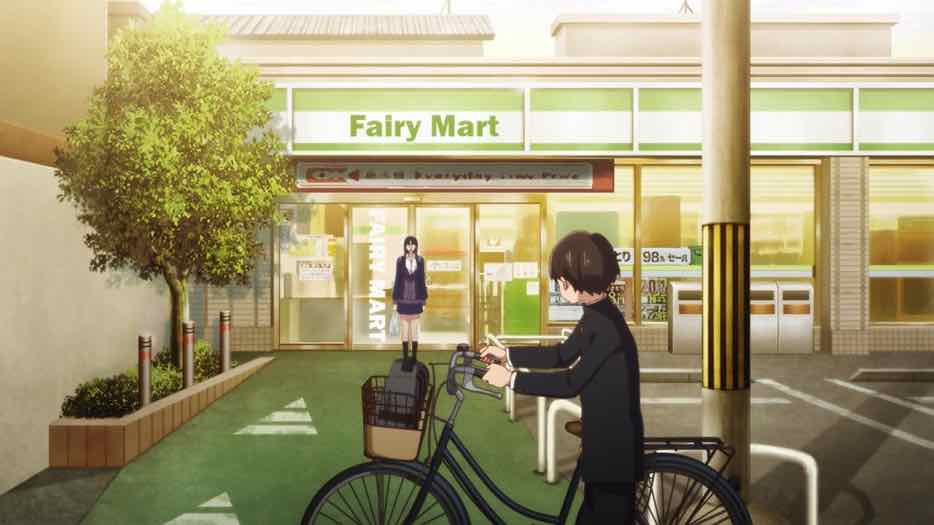
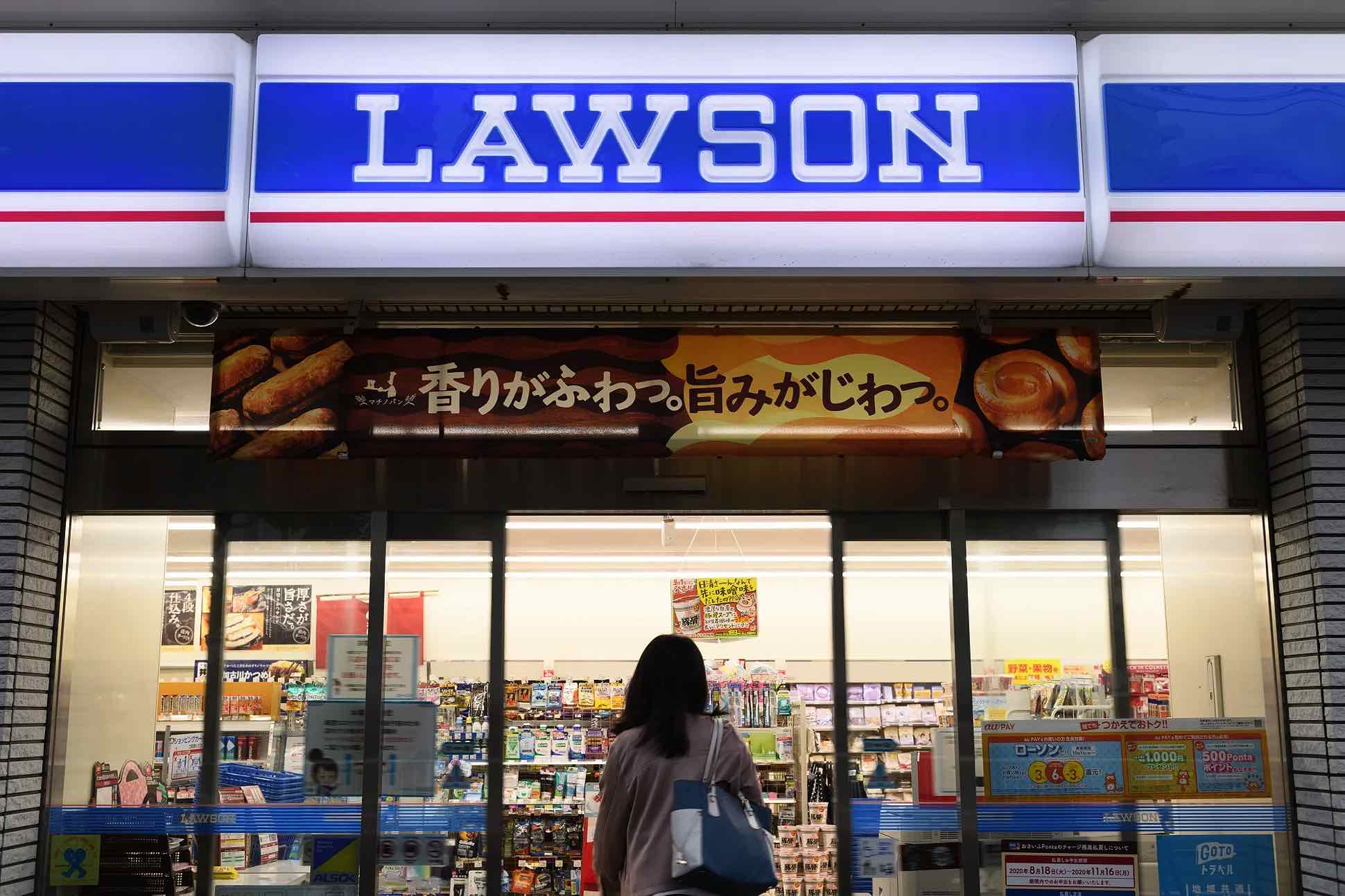
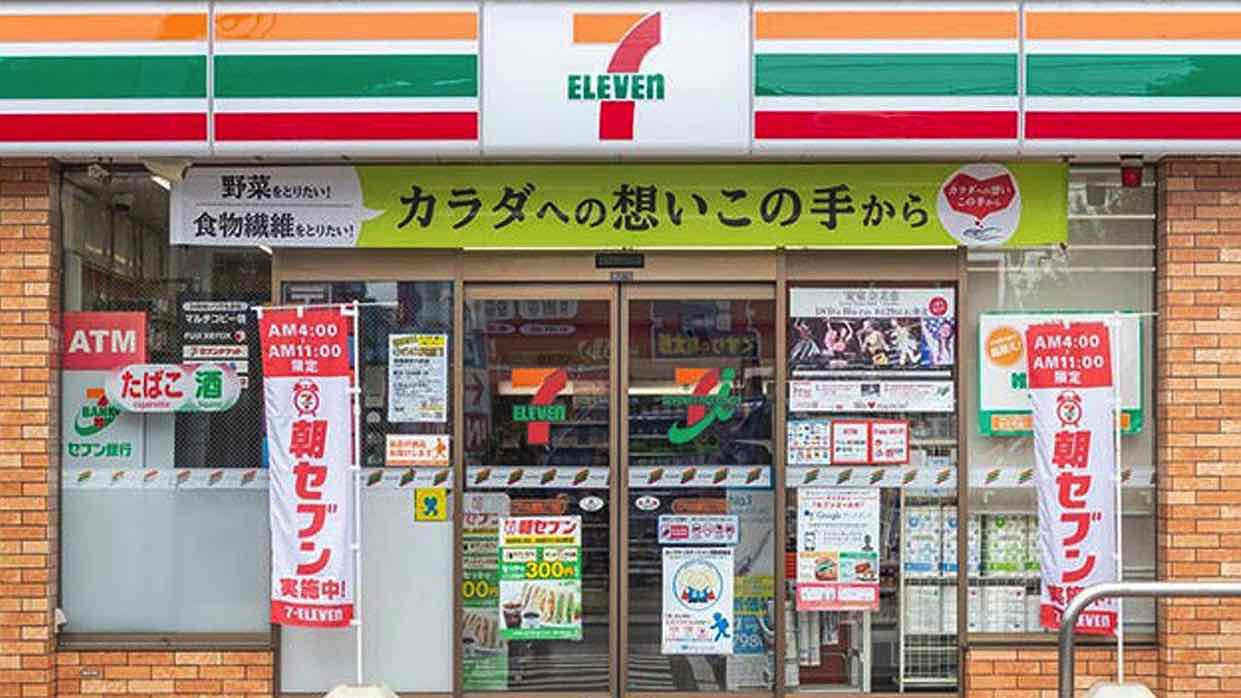
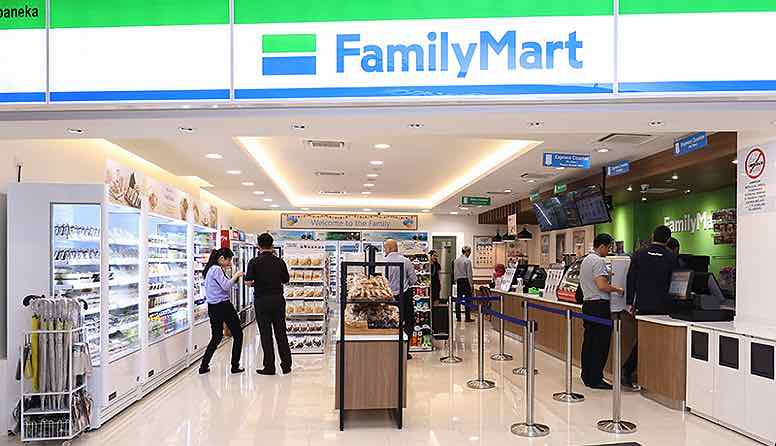
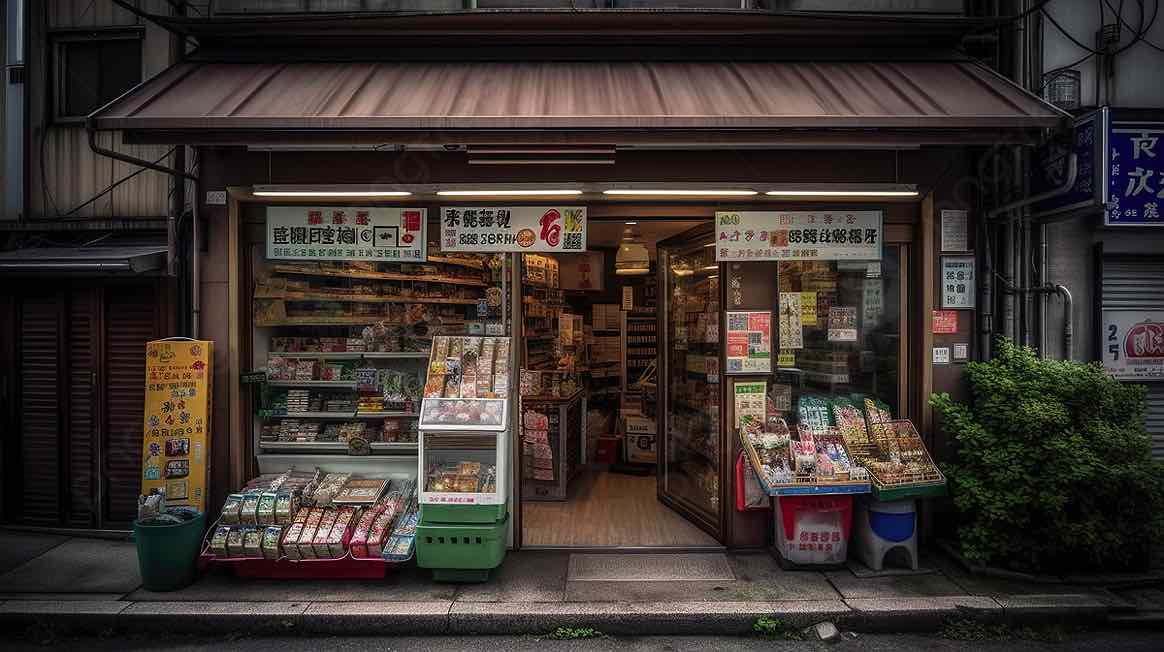
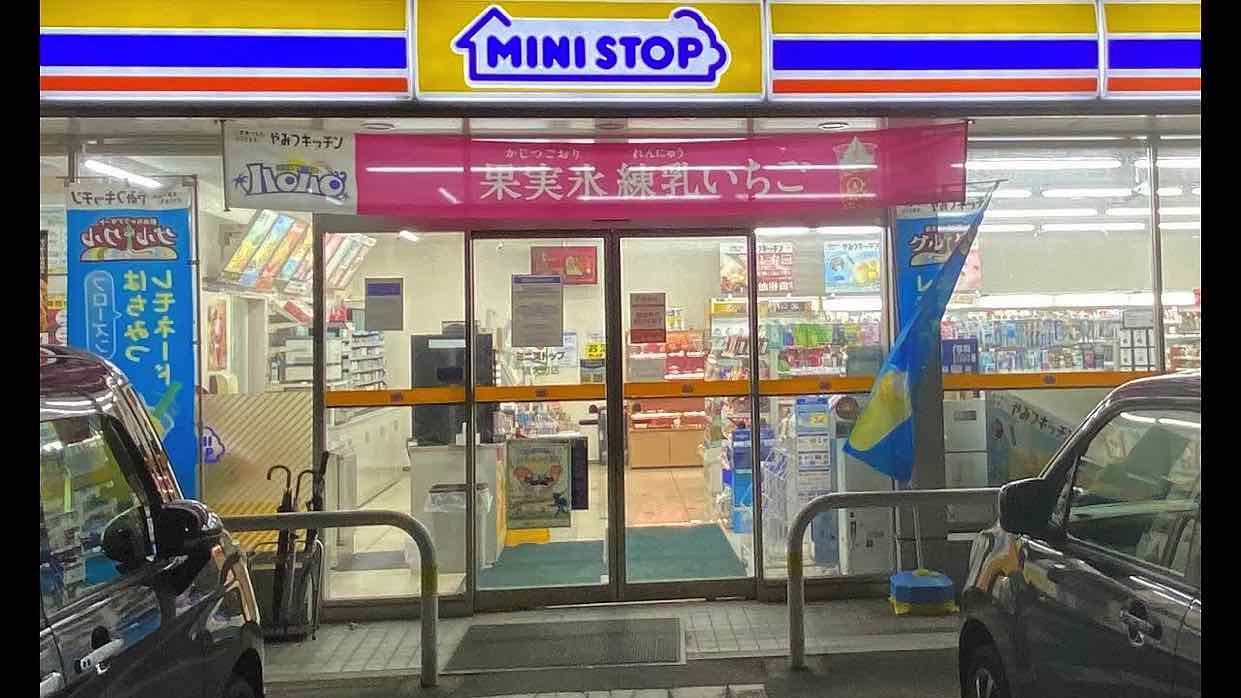

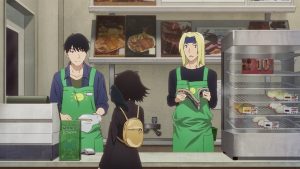
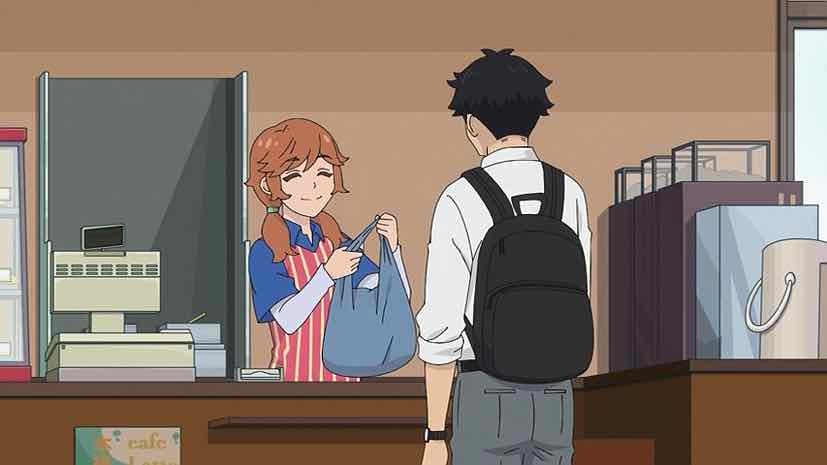



FacelessGrunt
November 14, 2024 at 7:10 amInteresting read! It’s lovely to read that Hokkaido sticks to doing its own thing.
In Belgium we don’t have 24/7 shops, which I became familar with through US movies and Japanese manga/anime.
To me, the idea people depend on a shop being available at every time of the day, is quickly interpreted as people being unprepared to manage their pantry. (Not that I’m good at it myself )
Belgium does have so-called ‘night shops’, which are available … through the night. A stereotypical night shop is staffed by demotivated immigrants (1st or 2nd generation), sells cigars, snacks and alcohol for a noticeably steeper price then the supermarket, and receives loud visits.
Seems wildly different from a Japanese konbini
Guardian Enzo
November 14, 2024 at 7:31 amI think it’s a bit of a chicken-egg scenario. Are people depending on konbini because they’re open all night, or are they open all night because people are bad at planning here?
The thing is convenience stores here are so much more than emergency rations that I don’t think the criticism really holds. They’re banks, post offices, Kinkos. That they have stuff for emergency needs – bentos, ice cream, milk, underwear, cat food – is just part of the service.
Nicc
November 16, 2024 at 4:18 amThe convenience store, that’s a great topic. Right, a lot of convenience stores stateside are tied to gas stations. When we’re fueling up our vehicles, we may need some refueling too and so it’s a good match. I might as well get my car washed while I’m there too. There are stand-alone convenience stores too, though they’re not so convenient as we still have to drive there. Where I live, there are drugstores and grocery stores that are closer than where the closest 7-11 is (It used to be a Hollywood Video back in the day).
I did spend some quality time in convenience stores when we visited Japan. Yep, they really were different compared to convenience stores here and with a lot of prepared food, like you said. I also remember that it was like a mini Kinko’s inside too where you make copies and send faxes. Visiting the convenience stores was also how I started getting into canned coffee. Yeah, I can get them from the numerous vending machines all over the city, but I liked being able to browse inside the store. Going back to the normal ones here was a disappointment.
They do show up a lot in anime as they’re, well, convenient and it helps that Japan is safe enough that folks can walk to one even in the middle of the night. I’ve seen that they can serve as something of a third space too, depending on the show, as it is a good spot to hang out. Thanks for the commission and now I have to find that episode where Bourdain was jonesing for the egg salad sandwich from Lawson.
aldeayeah
November 21, 2024 at 7:40 pmAlways reminds me of the old internet meme video, Konbini by Brief&Trunks
https://youtu.be/ziX1oQRiA3w?si=S8LW2zGCvtfxHJ6l